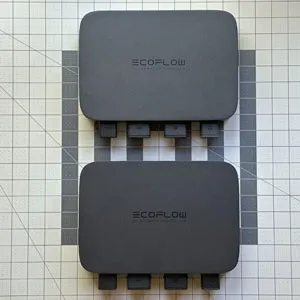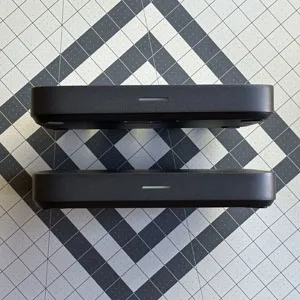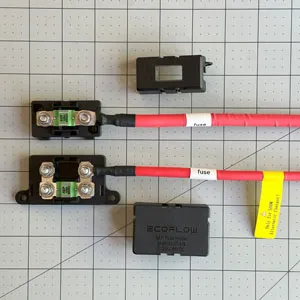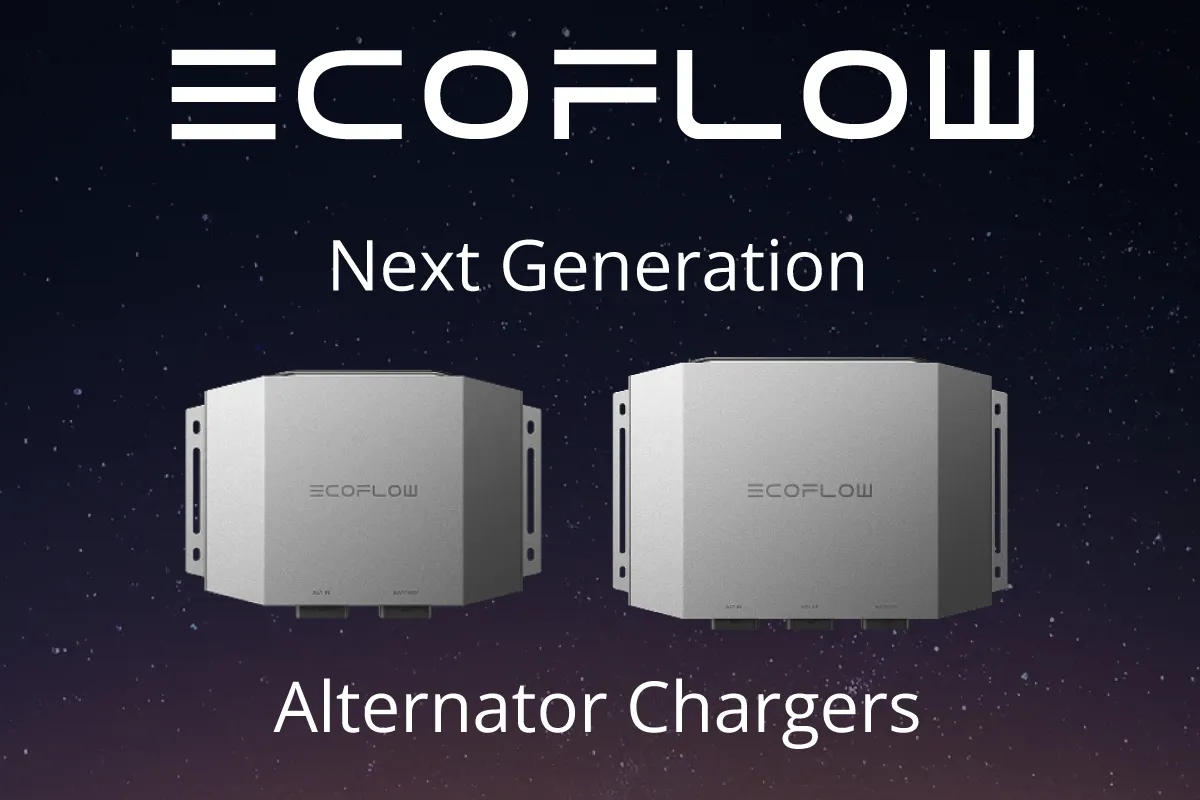EcoFlow Alternator Chargers 500W and 800W Quick Review
Quick read: ~2 minutes, Updated:
EcoFlow’s 500W Alternator Charger and 800W Alternator Charger are designed to keep your power stations topped up while you drive, providing a convenient off-grid power solution. They draw power from your vehicle’s alternator, ensuring your portable power station is ready when you arrive at your destination.
Thanks for supporting small independent creators. Affiliate links may earn me a small commission at no extra cost to you (info).
Key Differences
The main differences between the two models is the included cable and max power output:
- Output Cable: 500W includes XT60 cable, 800W includes XT150 cable.
- Features: Output cable changes what features are enabled and maximum power output.
- Compatibility: Both models are compatible with either output cable.
- Appearance: Almost visually identical except for cabling.
- Weight: 1596g (3.5lbs) vs 2230g (4.9lbs) for main unit.
Output Cables
XT150 Cable
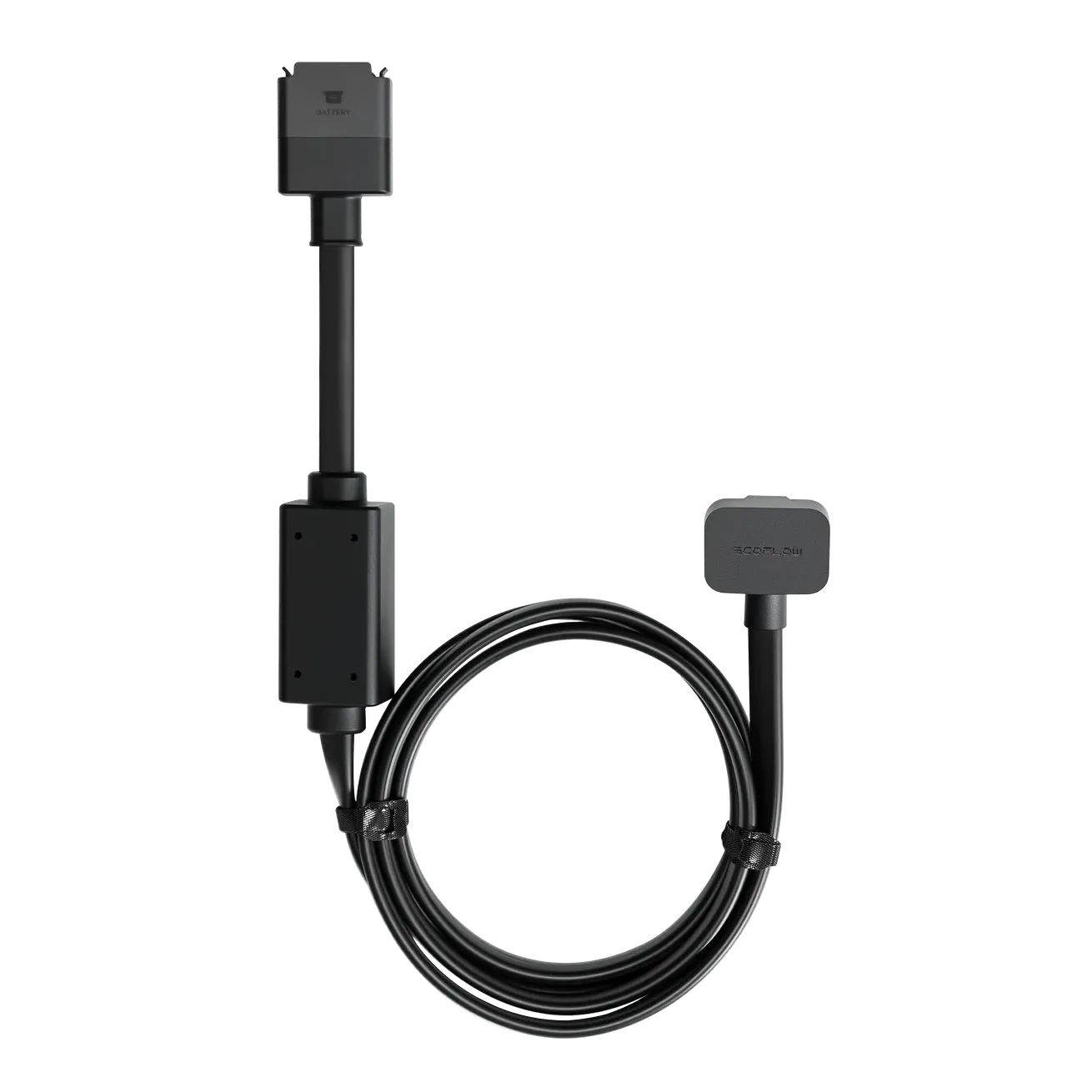
With the XT150 output cable, you gain access to all features including:
- Adjustable charge rate: 100-500W/100-800W depending on model.
- Reverse charging: Charge your vehicle’s battery from your EcoFlow in an emergency.
- Emergency reverse charging: For deeply depleted batteries.
- Battery maintenance mode: Keep your vehicle’s battery healthy when stored.
- Adapter: May require the Smart Generator Adapter to use with some power stations or purchase the Custom Fit Output Cable which offers the same features.
XT60 Cable
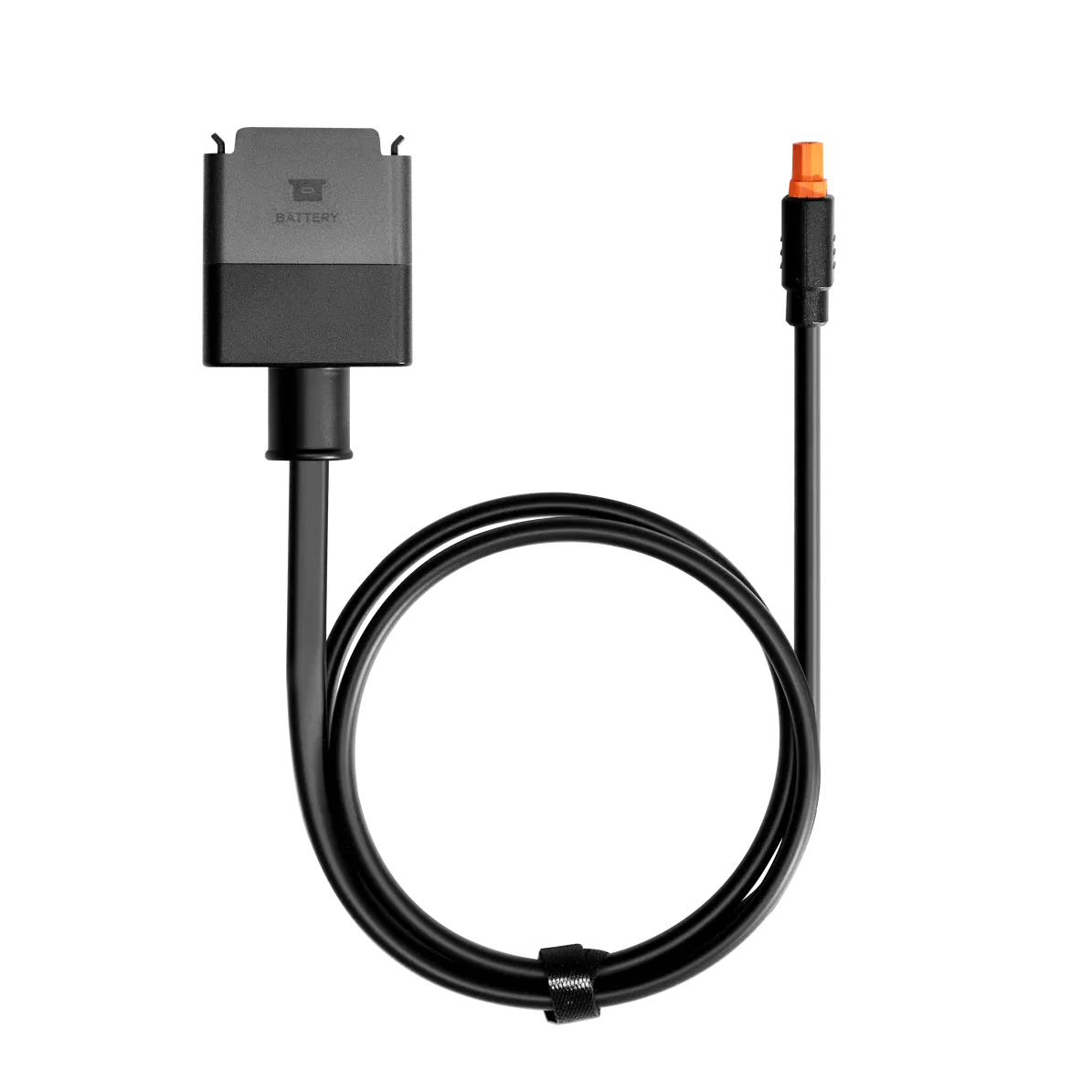
The XT60 output cable restricts functionality and maximum charge rate:
- Highly compatible: Compatible with 3rd party power stations and EcoFlow's River series.
- Fixed 500W charge rate: No adjusting the amperage. Voltage can be adjusted for 3rd-party devices.
- No reverse charging.
- No battery maintenance mode.
New Improvements
- Resolved timeout issue: EcoFlow released a new firmware version (3.0.4.13) which resolves a timeout issue with the XT60 cable by adding a configurable timeout and battery protection feature for both cable types.
- Improved fuse block: EcoFlow addressed a previous design flaw in the fuse block, increasing reliability. (I’m awaiting confirmation from EcoFlow if this improved design is also included with the 800W model)
- Positive electrode extension cable: Added support for more install configurations on both models. Use your own cable or purchase EcoFlow’s Extended Fuse Cable (2m).
- Output cables available for purchase separately:
The Verdict
Your choice depends heavily on the cable and your power station’s compatibility:
- If you have an unused XT150 port on your EcoFlow power station: Go with the 800W model for the extra power headroom and access to all features.
- If you need to use an XT60 port: Consider the 500W model but understand you’re missing out on some functionality.
EcoFlow’s Alternator Chargers offer a compelling way to charge your power stations on the go. Many more details are available in my full detailed review. Do note that both models require an iOS or Android app to configure settings.
Ready to power up your adventures?
Want more details, including lots of photos?
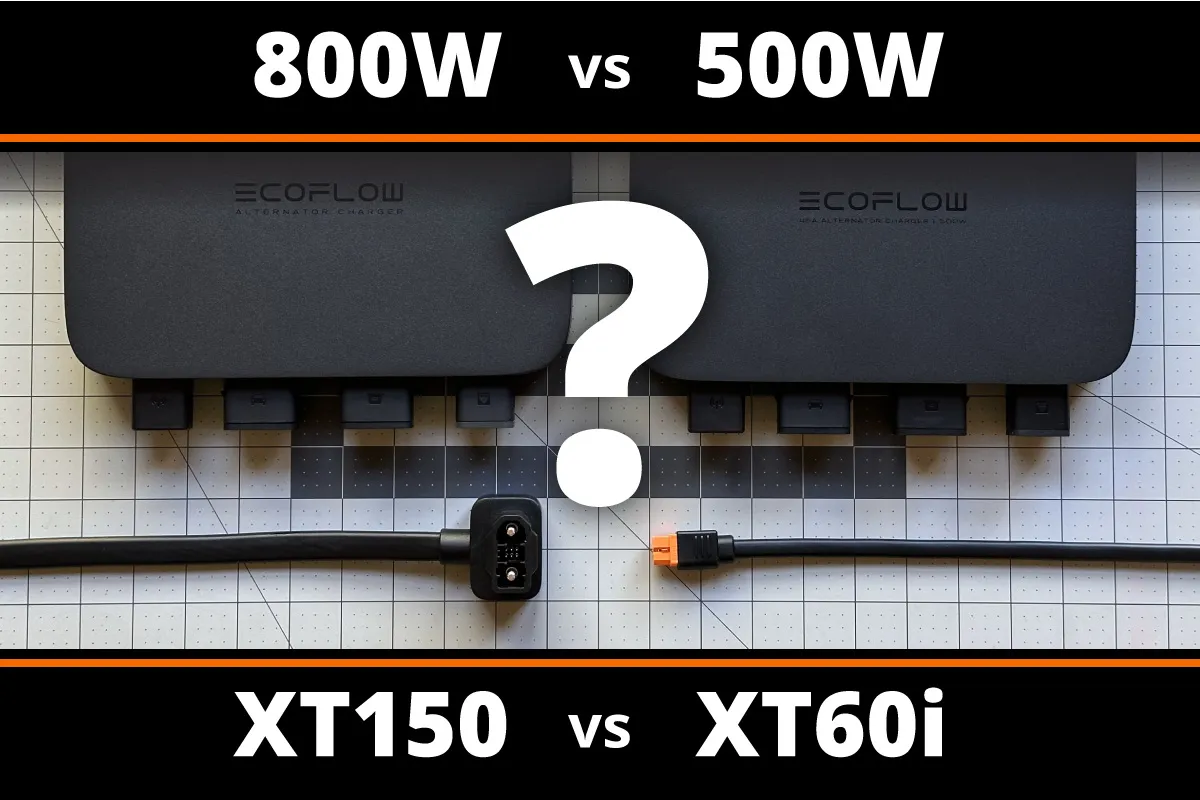
EcoFlow Alternator Chargers
Detailed review of 500W and 800W model and cables
Need an install guide for a Ford Transit?
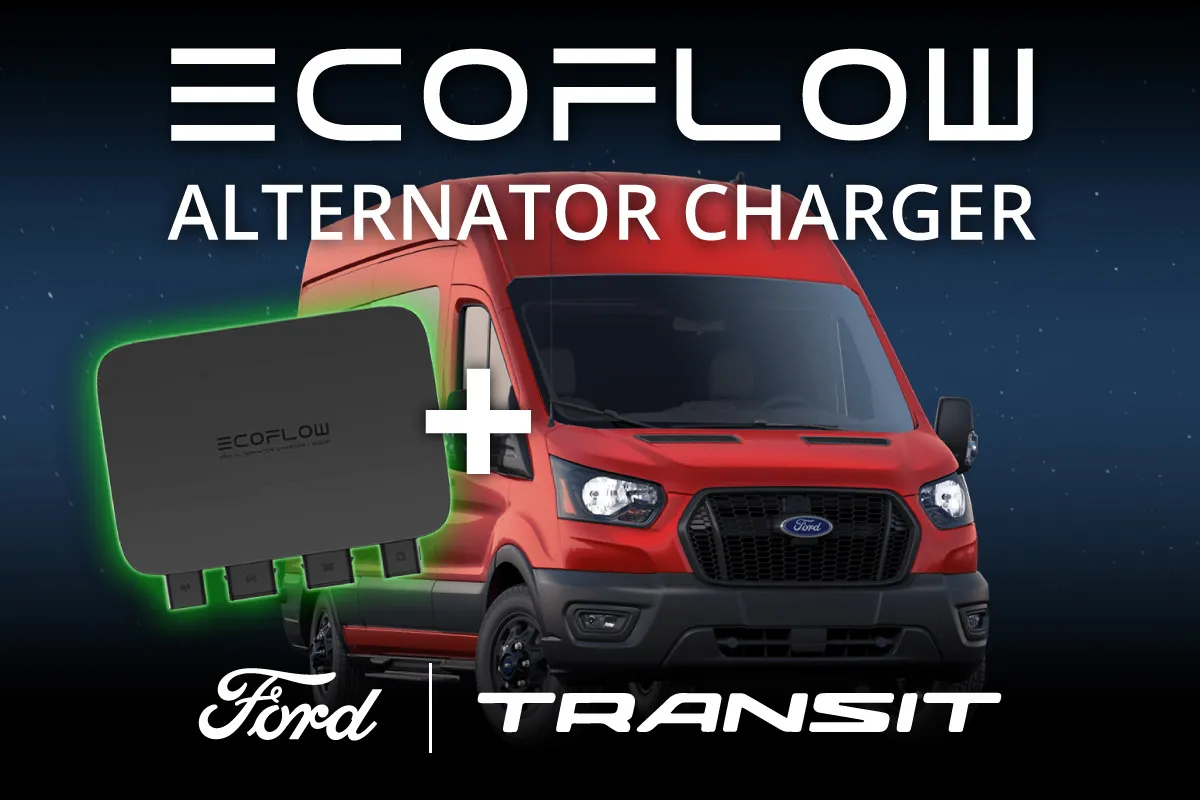
Install Guide: Ford Transit
Ford Transit + EcoFlow Alternator Chargers
* All my tests were run on an EcoFlow Delta Pro hooked up to a Ford Transit EcoBoost with a 250A alternator.
** I was not paid for this review, but did receive a free 500W Alternator Charger to review.
